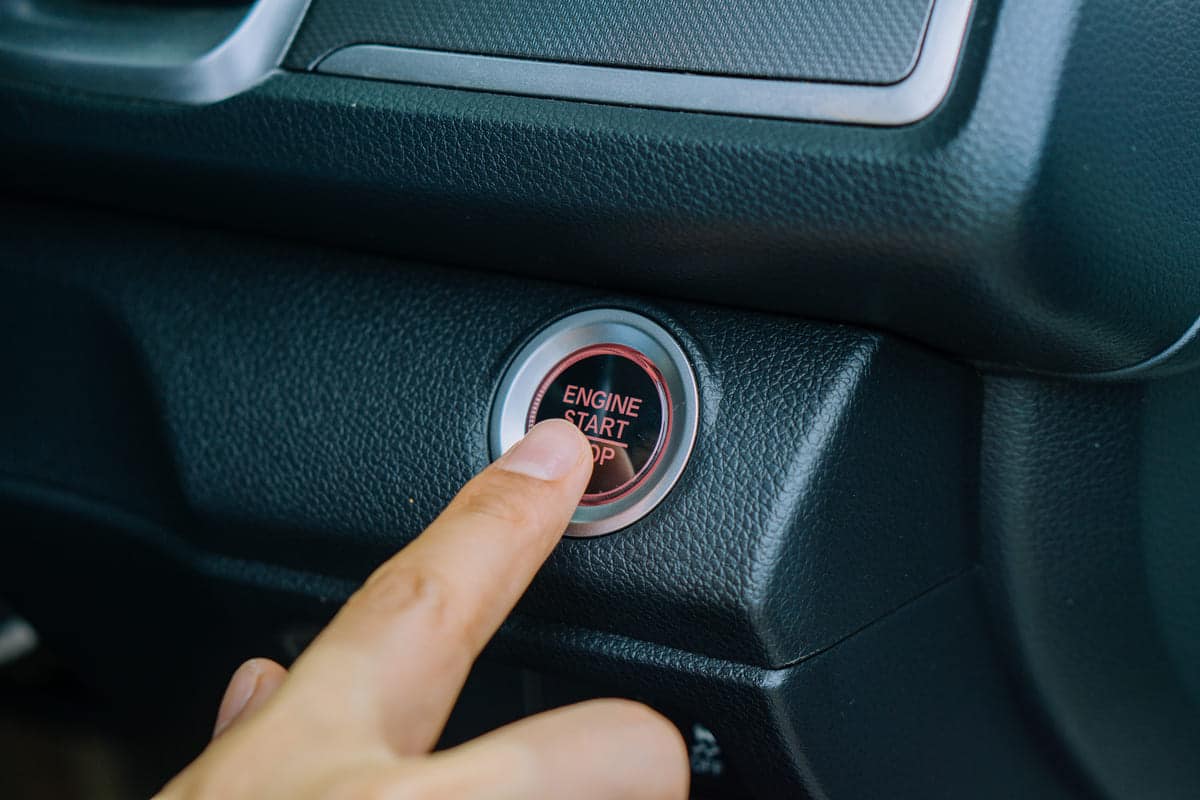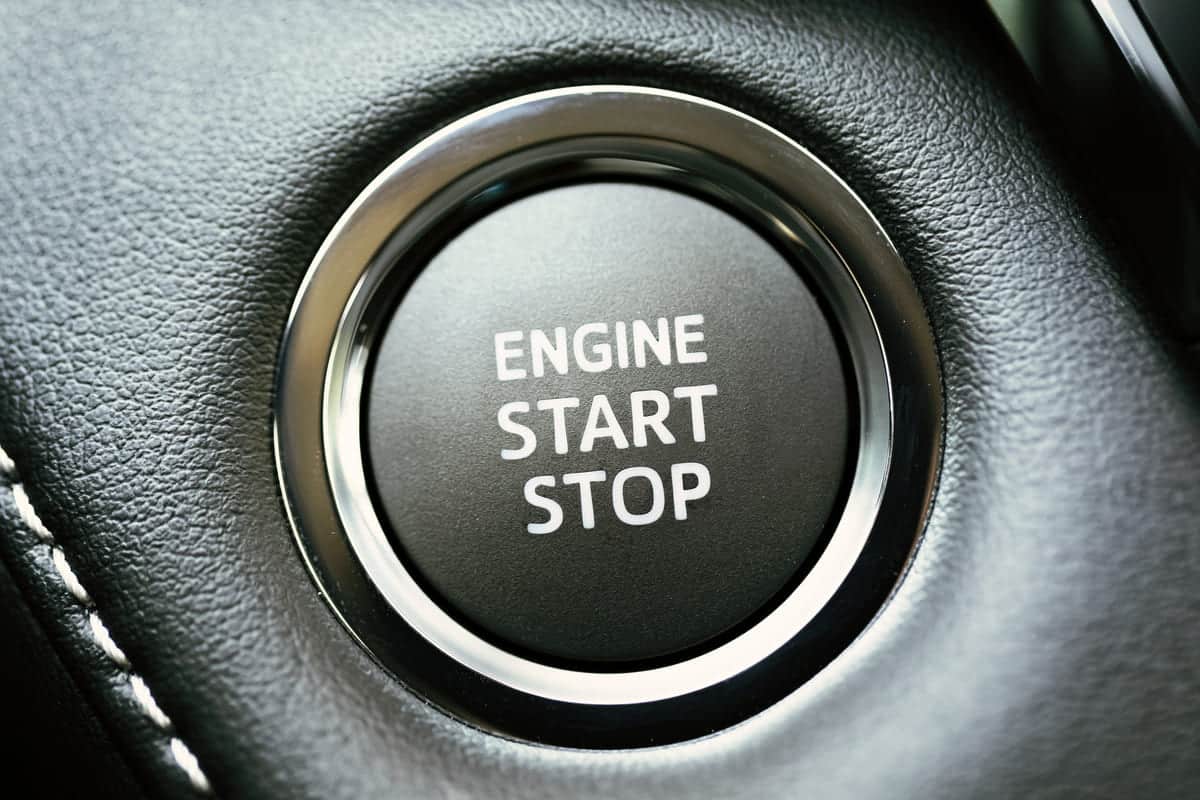A start-stop is key to eco-friendly car design. By managing the at idle times it optimizes fuel consumption and reduces the environmental impact of driving, for more flexible mobility.
What is Start-Stop Technology?
Start-stop turns the car’s engine off and on again to save fuel and reduce emissions. This is useful in heavy traffic or at traffic lights.
Cars with start-stop stop the engine when the car isn’t moving. When you press the accelerator the engine fires back up again.
This technology helps cars meet stricter fuel economy and emissions regulations. It can save between 3-10% fuel, sometimes up to 12%.
Many hybrids have start-stop but it’s also found in non-hybrids. It helps reduce the amount of fuel wasted by idling engines each year.
In the US idling wastes about 3.9 billion gallons of gasoline per year. Start-stop helps cut that waste, and saves money and the planet.
References
- Evaluation of the Impact of Start-Stop Systems on Fuel Consumption and Emissions. National Center for Biotechnology Information. Retrieved from
- Start-Stop System. SEAT. Retrieved from
- What is the purpose of the start/stop system?. Toyota Support. Retrieved from
How Stop-Start Technology Works?
Stop-start saves fuel by turning the engine off when you stop and on again when you need it. Here’s how it works:
When you stop at a light or in traffic the system turns the engine off. This stops unnecessary fuel burning.
Sensors monitor the car’s status, like speed and brake pressure. When you’re ready to move the system uses these sensors to fire the engine back up.
As soon as you press the accelerator or release the brake the engine fires back up again. You won’t even notice the delay.
A special starter motor and make this possible. They are stronger and more durable than regular ones to handle the frequent starts and stops.
The system also keeps essential functions running, like air-conditioner or radio. So you stay comfortable without the engine running.
It all happens smoothly and quietly. It’s designed to improve your driving experience while saving fuel and reducing emissions.
References
- Automatic Stop/Start. Chevrolet. Retrieved from (Retrieved on 08 August 2024)
- A Guide to Start-Stop Technology. Carbase. Retrieved from (Retrieved on 08 August 2024)

What is the History of Stop-Start Systems?
The history of stop-start goes back to the 1970s. Toyota first introduced it in their Toyota Crown in 1974.
Volkswagen followed in 1983 with their Golf Ecomatic. As fuel economy and emissions regulations got stricter the system gained more attention.
In the early 2000s hybrids like the Toyota Prius popularised stop-start. These hybrids used it to improve efficiency and reduce emissions.
By 2008 many European manufacturers like BMW and PSA Peugeot Citroën were fitting stop-start to their regular cars.
Today most manufacturers including Ford, General Motors and Hyundai fit stop-start to many of their models. This widespread adoption helps you save fuel and reduce your environmental impact.
Stop-start technology is evolving. It’s still a key feature to improve fuel efficiency and meet global regulations.
References
- What You Need to Know About Stop-Start Systems. CarPro. Retrieved from (Retrieved on 08 August 2024)
- Auto Start-Stop Explained. CJ Pony Parts. Retrieved from (Retrieved on 08 August 2024)
What are the Advantages & Disadvantages of Stop-Start?
Stop-start has its advantages and disadvantages for drivers. Here’s a look.
Advantages:
- Fuel Savings: Turns off the engine when idling, saving fuel that would otherwise be wasted.
- Emissions Reduction: Reduces harmful emissions by minimising idle time, good for the environment.
- Cost Effective: Saves money on fuel over time, especially in heavy traffic.
- Quieter Operation: Reduces engine noise when the car is stopped, quieter cabin.
- Regulatory Compliance: Helps cars meet stricter fuel economy and emission regulations set by governments.
Here are some of the Disadvantages:
- Wear and Tear: Frequent starting and stopping may wear out the motor and battery.
- Additional Cost: Stop-start cars can be more expensive to buy due to the added technology.
- Performance: Some drivers may notice a slight delay or change in performance when the engine fires back up.
- Maintenance: Specialised components like stronger starters and batteries may need more maintenance or replacement.
- Comfort: In very hot or cold weather stopping the engine may reduce the effectiveness of air con or heating temporarily.
Understanding these pros and cons helps drivers decide if stop-start technology suits their driving habits and needs.
References
- Pros and Cons of Automatic Engine Start-Stop Solutions. Idle Smart. Retrieved from https://www.idlesmart.com/post/pros-and-cons-of-automatic-engine-start-stop-solutions on 08 August 2024
Does Start-Stop System Help in Saving Fuel?
Yes stop-start saves fuel by turning off the engine when you stop. It prevents fuel from burning when idling.
Studies show stop-start can improve fuel economy by 3% to 10% depending on driving conditions. In some cases up to 12%
For example the U.S. Department of Energy says idling can waste 0.5 gallons of fuel per hour. Stop-start eliminates this waste.
In urban driving with lots of stops the system is most effective. You spend less time with the engine running at traffic lights or in traffic.
According to the Environmental Protection Agency (EPA) stop-start saves a lot of fuel. And reduces greenhouse gas emissions.
By using less fuel you’ll save money over time. The amount varies on your driving habits and traffic conditions.
What is the purpose of the Stop and Start System?
The stop and start system is designed to save fuel and reduce emissions by turning off the engine when you stop and restart when needed. Here are the benefits for drivers, automakers, and the environment.
Here are some of the main purposes of start & stop system:
Fuel Savings:
- Turns off the engine when you stop to prevent wasted fuel.
- Most effective in city driving with lots of stops and starts.
Emissions Reduction:
- Reduces the amount of pollutants from the vehicle.
- Lowers the car’s overall carbon footprint.
Noise Reduction:
- Lowers noise inside and outside the vehicle when the engine is off.
- Quieter and more comfortable driving.
Regulatory Compliance:
- Helps automakers meet stricter fuel economy and emission standards.
- Ensures vehicles meet government regulations.
Cost Effective:
- Saves money on fuel over time by reducing idle fuel consumption.
- Benefits for drivers and manufacturers.
In summary, the stop and start system serves multiple purposes, including conserving fuel, cutting emissions, reducing noise, ensuring regulatory compliance, and providing cost savings.


